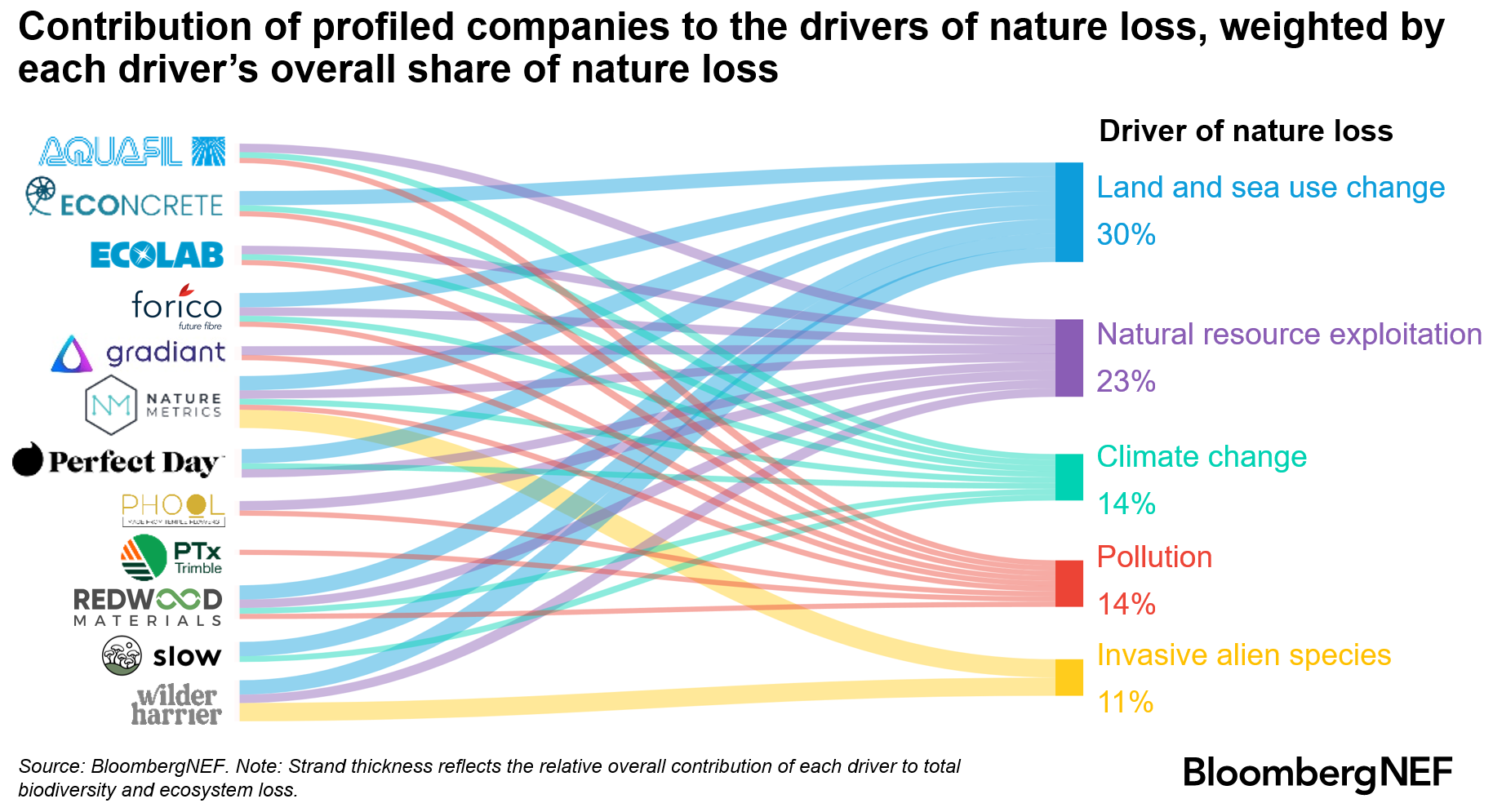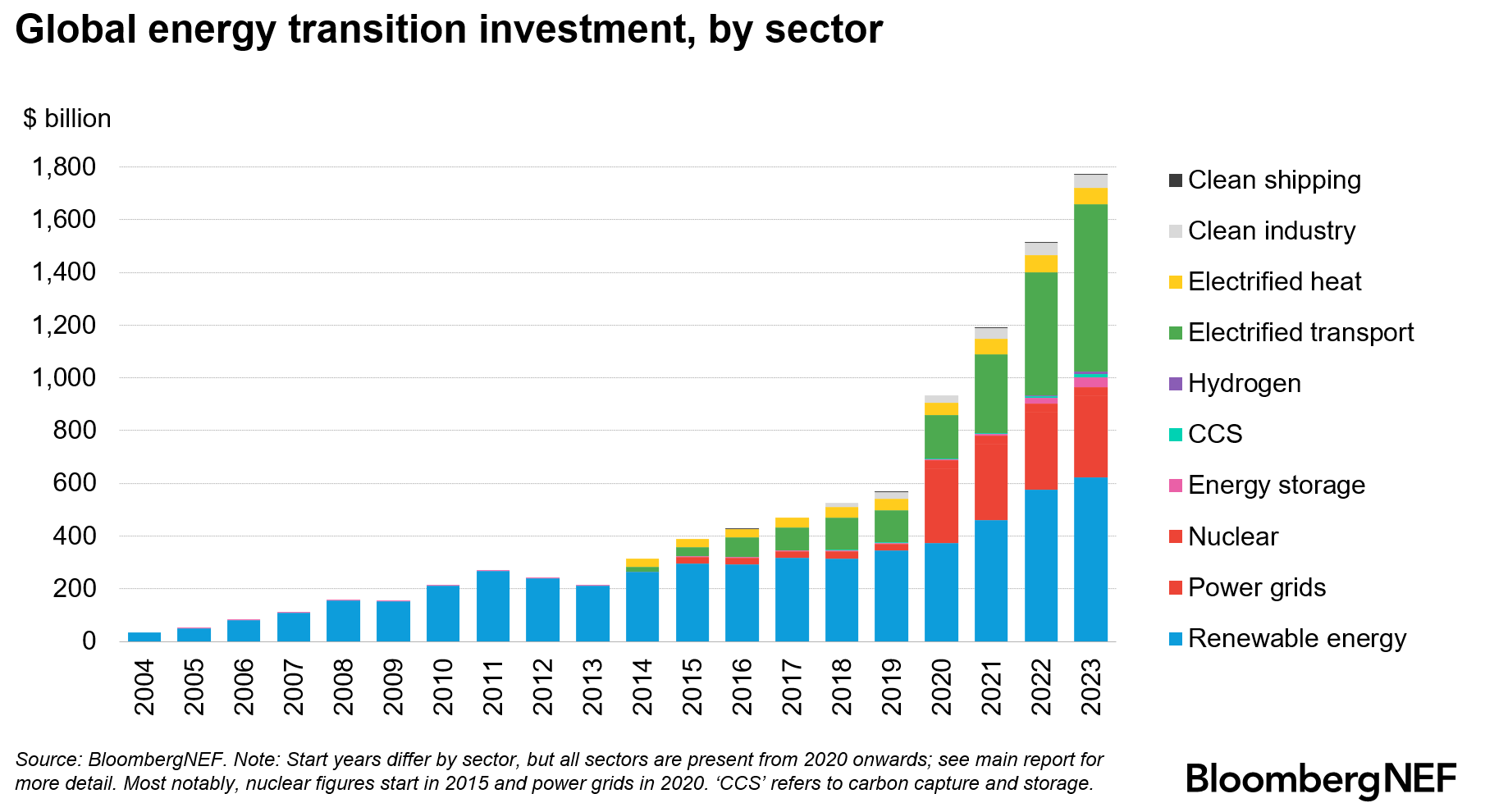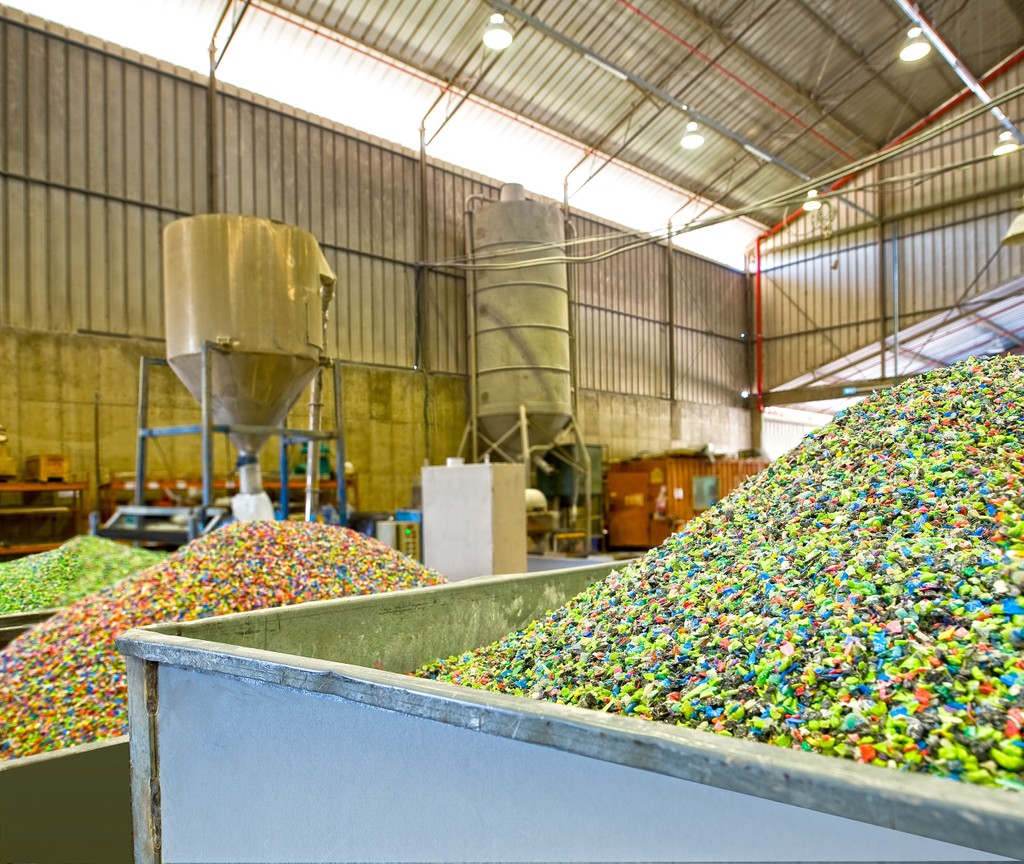REPORT
Twelve Case Studies Survey the Business Opportunities in Curbing Nature Loss
By Hugh Bromley, Head of Food, Agriculture & Nature Research and Alistair Purdie, Nature & Biodiversity Analyst, BloombergNEF
Companies that sell goods and services that mitigate the drivers of nature loss represent an underappreciated investment opportunity that generates a financial return while also supporting biodiversity.
BloombergNEF has profiled 12 instances of companies that are realizing financial gain by mitigating the drivers of nature loss.
The full series, Opportunity Blossoms: The Business of Curbing Nature Loss, is available here. A launch event will be held on October 27 at the TNFD Hub at the COP16 Biodiversity Conference underway in Cali, Colombia.
A new framework for identifying nature-related opportunities
Around $5 trillion in private finance flows went to activities with direct negative impacts on nature in 2022. This is 25 times more than investment with a ‘nature positive’ impact. Slow growth in those figures means the gap between current biodiversity finance and future needs is widening.
The investment case for financing activities that protect and restore nature can be challenging. While direct investment into nature plays a key role in achieving global targets, its lack of monetized returns ensure it remains largely the preserve of government and philanthropic contributors. Efforts to lure private investment through novel and exotic financial instruments have also produced some small-scale results, but again lack scale.
Shifting the financial flows of the real economy away from activities that are damaging to nature and toward less harmful alternatives presents the most promising and immediate avenue for nature-related investment. The development of profitable, nature-friendly businesses is the key to raising the trillions of dollars needed to meet the goals of the Global Biodiversity Framework and avoiding ecosystem collapse.

Channeling nature investment toward loss mitigation
Many factors contribute to nature loss. Its indirect drivers are broad, including demographic and sociocultural shifts, economic and technological development, institutional change, conflicts and epidemics. These factors in turn form the direct drivers of nature loss, with land- and sea-use change, natural resource exploitation, climate change, pollution and invasive alien species together accounting for 90% of global declines in biodiversity and ecosystem services.
The real economy is where human activities impose pressure on the natural world. A handful of major industries – agriculture, energy, metals and mining, materials and transportation – are responsible for much of the impact on nature, though every industry contributes to some extent.
The 12 companies profiled by BloombergNEF are realizing financial gain by mitigating the drivers of nature loss across the agri-food, materials, industrials, consumer discretionary and data services industries. These range from multi-billion-dollar publicly listed enterprises to small-scale startups completing early rounds of fundraising.
Pollution is the driver most frequently reduced among the cohort, with nine of the companies reducing the pressure that it exerts on nature loss. Only two companies curb the spread of invasive alien species, reflecting the challenges of commercializing control measures. Eight firms mitigate climate change and natural resource exploitation, and eight reduce pressure on land- and sea-use change.
US-headquartered startup Perfect Day reached a $1.6 billion valuation with an animal-free whey protein that eliminates the need for land-intensive livestock in dairy production. Australian wood fiber producer Forico turned around the assets of a failed traditional forester with a poor track record by setting aside half of its plantations for biodiversity conservation and carbon sequestration.
Exploitation and pollution of water sources is a key issue. Ecolab sells equipment and services to optimize industrial water use and drive resource efficiency gains, helping to reduce the over-exploitation of resources and generating $4 billion in annual revenue. Gradiant Corp. secured $500 million in orders for its wastewater treatment systems that recover wastewater and reduce energy consumption.
Companies operating in the circular economy play a key role. Indian startup Phool collects floral waste from temples to produce incense burners and a proprietary bio-leather, tapping into India’s $3.2 billion home fragrance market while diverting waste from the Ganges. Italian mid-cap Aquafil produces a fossil-fuel-free, infinitely regenerative nylon, which it sells to apparel and rug manufacturers, earning €263 million in 2023. Redwood Materials reached a $4.5 billion valuation as a lithium-ion battery recycling company and battery material producer that avoids many of the impacts of conventional battery production.
Agriculture and food feature prominently in the cohort. PTx Trimble, a joint venture between two industry giants, sells technology enabling far more precise pesticide application that boosted its majority owner’s annual revenue by $600 million. Danish coffee grower Slow employs regenerative agriculture practices in its Asian plantations, while Wilder Harrier, a small Canadian startup, is tackling an invasive species of carp to produce dog food.
Israeli startup ECOncrete’s patented admixture, texture agents and mold designs together reduce emissions and encourage biodiversity uplift, cutting into the $178 billion marine infrastructure market. UK-headquartered NatureMetrics uses environmental DNA technology to offer cost-effective monitoring of biodiversity, doubling revenue over the last two years.

The cases are diverse, covering a variety of industries, geographies, types of financial return, and drivers of nature loss addressed. However, they are by no means exhaustive of the nature-related investment opportunities that exist, nor are they proportionate to the scale or significance of the opportunities.
The energy transition shows a pathway to scaling investment
Much of the investment thesis outlined above echoes arguments made throughout the unfolding of the energy transition. Efforts to avoid the harshest impacts of climate change required very little investment in removal technology, but in abatement and mitigation technologies including renewables, electrified heat and transport, nuclear, hydrogen, storage, and clean industry and shipping. The total energy transition investment tracked by BNEF increased to almost $1.8 trillion in 2023, from around $200 billion in 2010. Each of the technologies still contribute to emissions, but they are categorized as energy transition investments because they mitigate the impacts of a high emitting incumbent. The same can be expected for the nature transition, though a much wider range of new technologies and interventions will be needed than the small number of winners in the energy transition.







